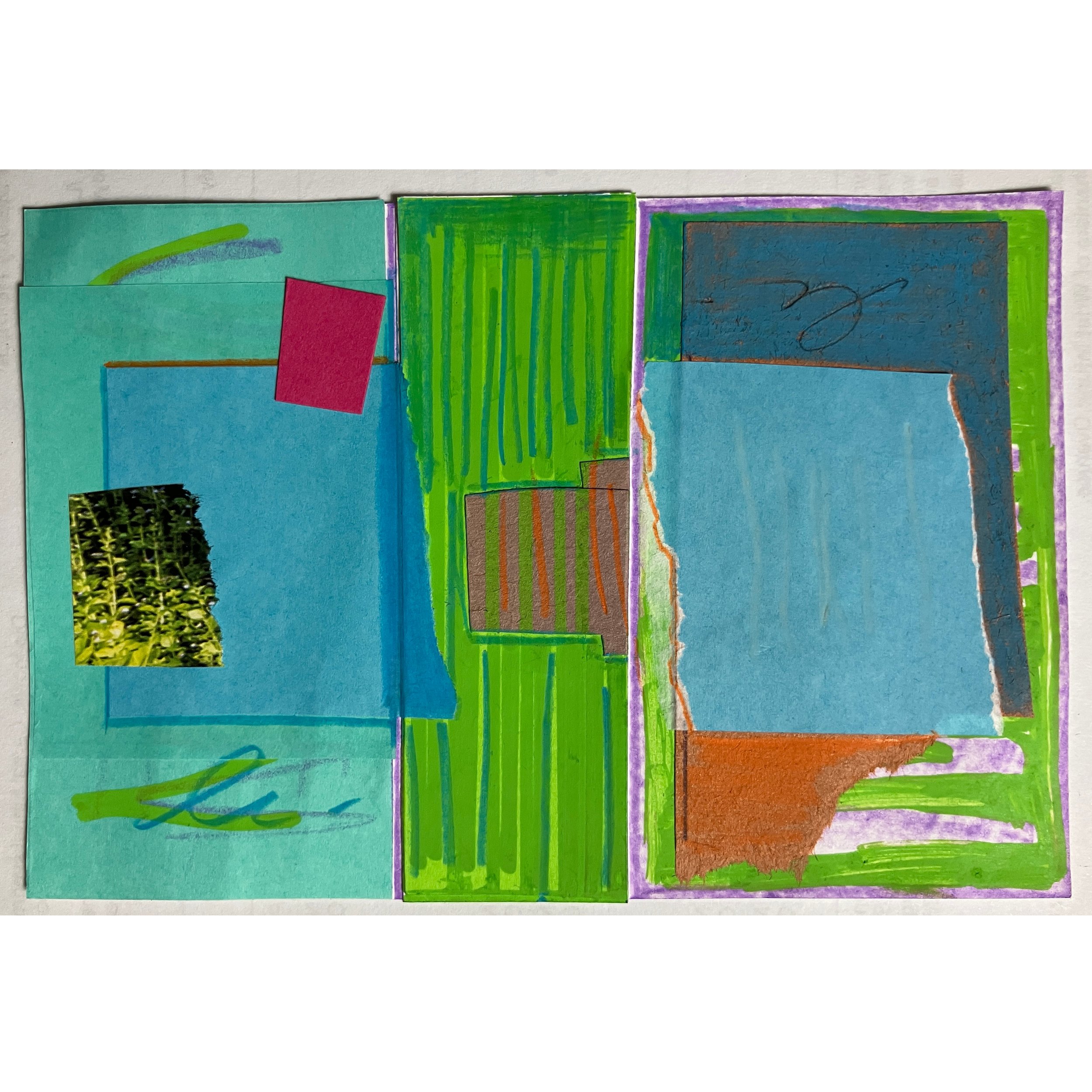The mysterious stone chambers of Putnam County
words + images by niki@hvny.info
Down the road from where I went to elementary school, therein lies a mystery. Actually, several mysteries.
These mysteries are man-made, of stone, without the use of mortar to secure their creations. They’re stone chambers. Their use? …still a mystery even after a two-hour trek with the Putnam History Museum over the weekend.
“While they may look like root cellars, the origins and use of these chambers are unknown,” Cassie Ward, Executive Director of the Putnam History Museum said at the beginning of the hike. “The theories range from ancient Celtic and Vikings, to the creation of the chambers by Indigenous people for sacred or ceremonial sites, then to the colonial period as root cellars.”
There haven’t been any artifacts found in or near the sites to help date the origins of these sites. One artifact that was said to be found near one chamber was simply a rumor and never actually seen. The chambers, typically built into hillsides, are visible by only their opening, which is sometimes not even tall enough to stand in. Yet, it has been found that some of these structures are actually built four or five feet deep into the earth.
Days after the hike, the conspiracies are still swirling over here: one had to be built by the farmer that owned the land, right? But what about the others? And for what? As homage to …the other stone chambers? Or food storage, a ceremonial space, or something modern humans still even don’t know about…
On Sunday afternoon, after the now-usual weekend deluge altered the original gathering date, we met a group of eager and wet-foot-ready folk for a guided hike led by stone chamber expert David Steinberg and the Putnam History Museum.
With eager anticipation, the group meandered through the watershed-protected woods of Kent in Putnam County, inspecting every crevasse, awaiting the first glimpse of a stone chamber.
As we walked along the marked trail, Steinberg pointed out the former foundation of Moses Mead’s cow barn, the stone walls, their structures and how they differed from the stone walls we saw earlier on our trip. Remember that when we see the chambers, he teased.
Visitors who had never seen a stone chamber were sent to the front of the line and tasked with finding the chambers, with just a few hints such as: It will not be on your lefthand side.
But soon the whispers began to grow: I see it! It feels like Christmas!
The first chamber looked small from the middle of the pack as it blended into the landscape of trees and moss. But up close, it was impressive. Inside, it felt infinite. The rain the day before filled up the floor of the chamber, yet, with the right steps onto a large graded stone, you could head to the back wall of the stone chamber and watch the water slowly drip from the cracks of the roof’s massive granite slabs.
That’s what it’s all about with these chambers, Steinberg said, also noting while facing the front of the chamber is the corbelling, an interior peaked like a chapel. Whoever built it paid attention in really stunning ways.
Participants took turns tiptoeing into the chamber, inspecting and wondering. Some held compasses to take note of the entrance’s location (south-east-southeast, to get that solstice glow, maybe?)
Editor’s note: There have been theories about supernatural, even alien-like activity there, and I will admit for the record: my phone/camera completely quit right as I was walking into the chamber for the first time. I noticed after I had passed through the threshold, and was able to continue recording with no problem from then on. We returned to the chamber on our way back and all worked as planned passing through again, so maybe it was operator-excitement-error but, for record’s sake, maybe not…
The next chamber, with its roof located unassumingly right off the main trail, was a bit more worn with a cracked roof and a crawlspace that contradicted any theories we had from the first stone chamber. What could you even do in a space like that?
As we made our way to the last chamber on the tour, we traversed down and around terrain of all types, even passing a bowhunter exiting the path. Start heading towards 11 o’clock but be quiet if you see it, our guide instructed.
Through ferns and invasive barberries, the final stone chamber of the tour was tucked away like a hobbit house onto the hillside. …Could that be what it was?
Maybe we’ll never know what the stone chambers were intended for. Maybe we’ll just have to wait for another lecture or hike to explore the woods behind our old elementary school…
Related:
History Hike: Nimham Mountain Fire Tower
Friday, October 13, 2023 from 10am - noon
Cost: $15, $12 PHM members
Nimham Mountain, Kent
To kick-off the PHM’s Native American Heritage weekend, the Cornell Cooperative Extension Putnam County, along with the Putnam History Museum, will lead a history hike of Mount Nimham in Putnam County. Mount Nimham has a long history from its early days as home to the Wappinger people to the construction of the Nimham Fire Tower in 1940 by the CCC. Lead by the Cornell Cooperative Extension of Putnam County, this hike will explore the ways that the mountain’s past has played a role in its environmental present. The Putnam History Museum will also touch on the Indigenous history of the area, including the namesake of the mountain, Sachem Daniel Nimham. Difficulty: Moderate to difficult, due to uphill course for the first hour. Parking/directions: From Gipsy Trail Road, turn onto Mt. Nimham Ct. Continue to where the road is blocked by a gate, and park in the area to the left. Coordinates: 41.454302 N, 73.721460 W. Please bring water and a snack. putnamhistorymuseum.org/events/history-hike-nimham-mountain-fire-tower/






































